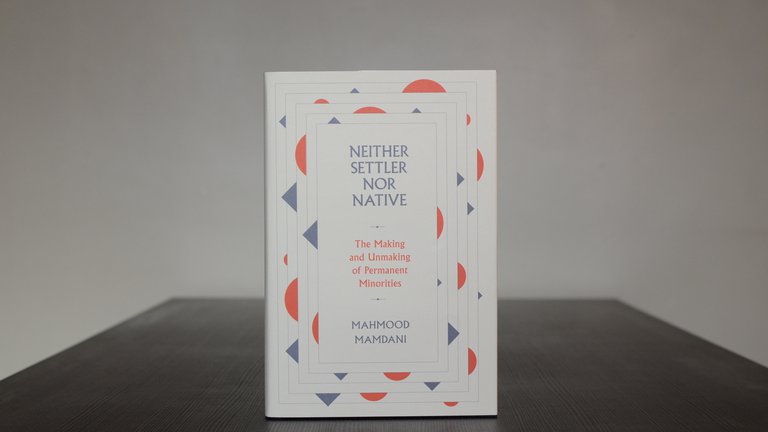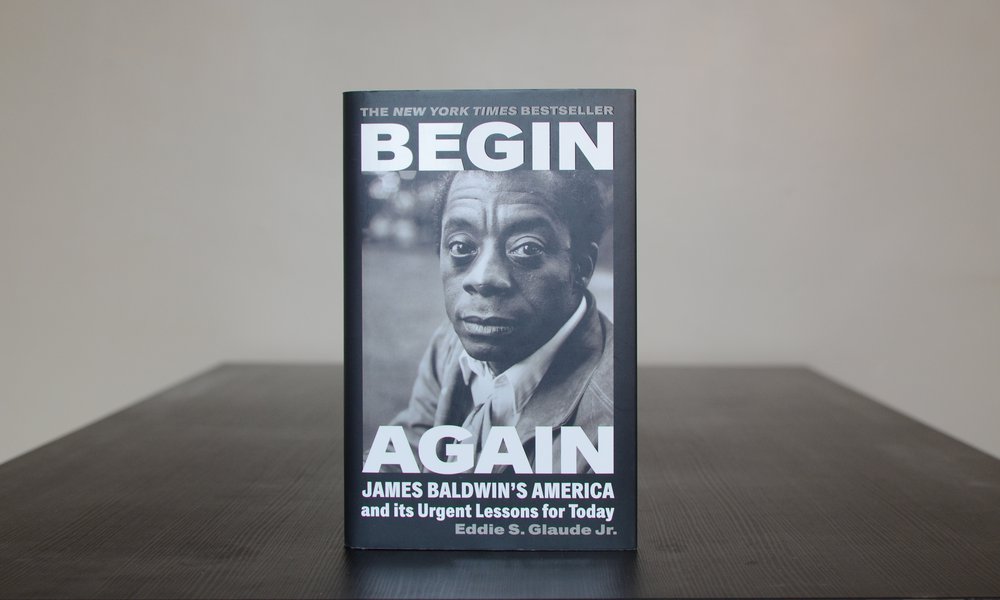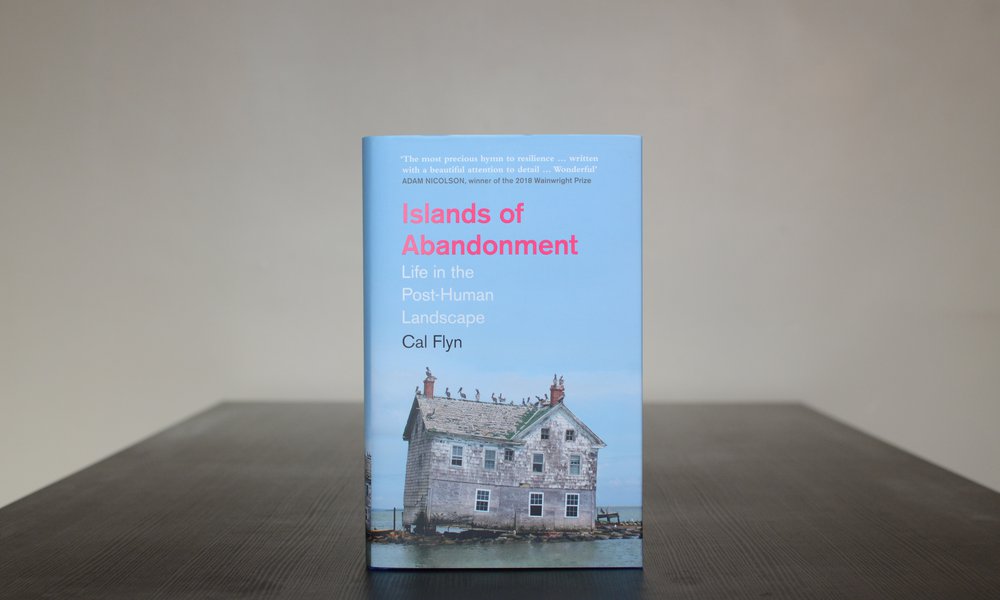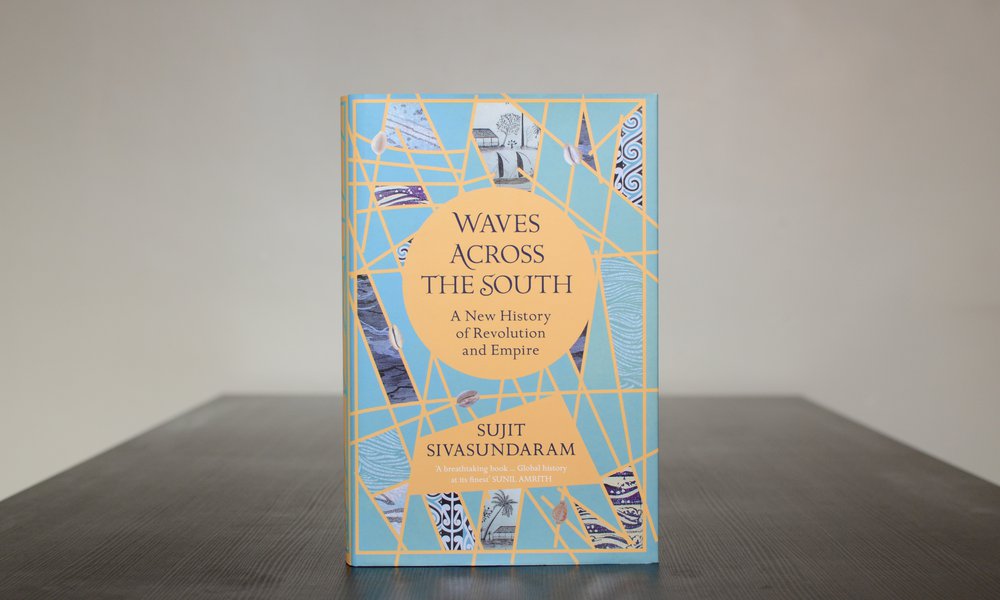"Neither Settler Nor Native: The Making and Unmaking of Permanent Minorities" by Professor Mahmood Mamdani FBA
7 Sep 2021

In this extract from "Neither Settler Nor Native", shortlisted author for the British Academy Book Prize for Global Cultural Understanding 2021, Professor Mahmood Mamdani FBA explores the impact of colonialism on Sudan.
Today there are two Sudans: the Republic of Sudan, with its capital at Khartoum, and the Republic of South Sudan, with its capital at Juba. The division is a remnant of civil war, the South having obtained independence in 2011. Within South Sudan, armed conflict continues, for the new state is itself comprised of warring ethnic groups. In December 2013, members of the Dinka and Nuer tribes set on each other. Twenty thousand people died in just three days.
If we do not know enough of the history of Sudan, this will sound like a familiar story of ancient hatreds exploding in violent Africa. But what happened in South Sudan only looked like that. In fact, the Dinka and Nuer were not fighting some endless feud; they had not been at each other’s throats before the introduction of the colonial order. Rather, they were fighting over control of the brand-new state. They sought the spoils of rule, which they understood to be the province of ethnicity. Whoever rules—which means whoever has enough guns and money to maintain a loyal fighting force—can funnel cash, real estate, jobs, business opportunities, contracts, and protection to his own ethnic group. That is how things work in South Sudan, thanks to colonial modernity. After the British took over in the early 20th century, they politicised ethnic boundaries, reconstituting cultural difference as tribal difference. The inheritors of this colonial mentality govern as the British did, not as their ancestors did.
The territory of what is now Sudan and South Sudan has been home to impressive human diversity for at least half a millennium, but only for the past hundred years or so has this diversity been a source of conflict. That is due to the logic of indirect colonial rule. Beginning just after the turn of the 20th century, and with increased urgency and concentration in the 1920s, British colonial authorities tribalised Sudan, erecting legal and physical barriers between groups that previously intermingled in spite of their cultural differences. The British hemmed groups into borders that had not formerly existed and installed over them a system of chiefly rule invented by colonial administrators. All this was done in order to prevent the colonised from developing solidarities beyond the tribal.
Colonial authorities did not have to tell Sudan’s various peoples that they were different from each other—the people already knew that. They practiced different religions, spoke different languages, tended different crops and animals, and had different ideas about how to structure communities. They dressed, ate, married, and died differently. Rather, what the British did was invest these differences with political meaning. The British turned differences of culture into boundaries of authority and decided what power that authority would possess.
This project took advantage of two broad kinds of diversity: linguistic and ethnic. Linguistic difference separated Arabs from others; ethnic diversity separated cultural groups. The big divide—between Arabs and Africans—was an invention of the coloniser. Steeped in European racial ideology, it was plain to the British that Sudan was home to Arabs and Africans; one could tell just by looking. What is more, the Arabs lived in the North and the Africans in the South, roughly speaking. This, the British understood, was why the North was more developed than the South: it was home to a civilised people, a superior race. British colonial rule, then, declared the North Arab and the South African. In the North, the Arabs would inhabit the center of power, at Khartoum. The South would have no center of power, for it would be powerless under colonisation. Instead, it would be further subdivided into hundreds of territories, each said to be the homeplace (dar) of a tribe. Each tribe would be under the local dictatorship of one of their own members, who would be empowered by the coloniser.
Thus those deemed Africans were pitted against each other, while those deemed Arabs were pitted against those deemed African, and vice versa. This is where the British system in Sudan diverges from that of colonisers in the United States and South Africa. All three cases involved indirect rule over natives, effected through native authority operating on the basis of customary law. But in the Sudanese case, unlike the American and South African, the settler against whom the native was opposed was not the coloniser; the British did not attempt settlement of the territory. Instead the settler was the Arabic speaker in the North, whom the British understood to be an immigrant presence. In the British narrative, the Arabs had arrived en masse hundreds of years earlier, bringing with them Islam, Arabic language and culture, and centralised political organisation—the trappings of civilisation. In this story, with the arrival of Arab settlers, native Africans were displaced southward.
Settler-colonialism requires no actual settler, just a group defined as settler and another defined as native. Arabs internalised this colonial modality, maintaining it after independence. Influential thinkers and politicians understanding themselves to be Arab sought to define Sudan as an Arab nation, with Africans as an inferior caste that would forever be marginalised from political power. Arab nationalists cherished the North-South distinction no less than the British had. Arab nationalists looked to a gloried past to supply their own sense of superiority. Until the British arrived, Sudan had been ruled by fellow Muslim groups: the two sultanates, Funj in the East and Dar Fur in the West, plundered the areas to the south for slaves. The sultanates then fell under Ottoman rule. The political North consolidated in the 1880s, when groups from several regions united under the banner of al-Mahdi, an Islamic messianic figure who opposed Ottoman rule as a religious and political imposition. The Mahdists not only defeated the creaking Ottoman Empire, they also beat back the British in 1885. Postcolonial Arab nationalists looked to al-Mahdi as a founder of the nation, one in a long line dating back to those earliest migrants said to have brought the high Arabic culture to Sudan.
This is a false history. The North was inhabited not by the descendants of Arab immigrants but by diverse peoples, some of whom—in particular, those in power and those involved in transnational networks of exchange—had taken on the Arabic language and customs associated with peoples who spoke it. In the South, too, some spoke Arabic, practiced Islam, and were as much imbued by Arabic culture as others in the North. But this was irrelevant to British, whose racial logic was as universal as it was infallible; they knew what they saw, and they knew how to use it to keep colonised people separated and at each other’s throats rather than their own. The North-South divide seeped into the consciousness of the so-called Arabs and so-called Africans, until it came to seem the natural order of things.
With the South further weakened and divided, locals there grew resentful of British control and of Northern privilege. After World War II, when British colonial rule ended, these resentments carried over into a contest of opposing nationalisms. Arab nationalists in the North sought to exclude Southern parties from negotiations over the post-independence polity, while Southerners mobilised for armed struggle with the goal of seceding and forming an independent state. The first phase of armed conflict between the North and South began in 1955, intensified in 1963, and ended in 1972. All the while, Arab-dominated governments held sway in Khartoum. The first phase of the civil war reinforced the coloniser’s logic: the only way to safety and prosperity was through the nation-state, which meant separation along ethnic lines. The ethnic violence wrought by colonial rule would be solved through ethnic cleansing—the African and the Arab, each to himself.
But the second phase was different. In 1983, after the Arab-dominated but largely secular government allied with Islamists, Southern parties coalesced under the radical vision of John Garang and his Sudanese People’s Liberation Army (SPLA). Unlike the earlier Southern rebels, Garang sought not independence but equality within political union. He argued for a state without a nation—a state that was home to all its citizens, not to a national majority of Arabs or Muslims or Africans, with all others in the polity living at their sufferance. Garang’s call for a “New Sudan” won support in the North and South and across the ethnic groups of the South. Garang, who was Dinka, had many Nuer partners, as well as Dinka opponents. His was not a tribal movement. But Garang was a fallible leader whose rhetoric about inclusion did not extend to his own movement. The SPLA itself remained undemocratic, providing few avenues for those beyond its inner circle to make their voices heard. The movement thus became internally divided. Unsurprisingly, the rivalries within the SPLA tended to follow lines of territorial-ethnic competition held over from colonial rule.
Watch Professor Professor Mahmood Mamdani FBA and the other shortlisted authors in conversation with broadcaster, journalist and member of the 2021 judging panel Fatima Manji on the hub.



